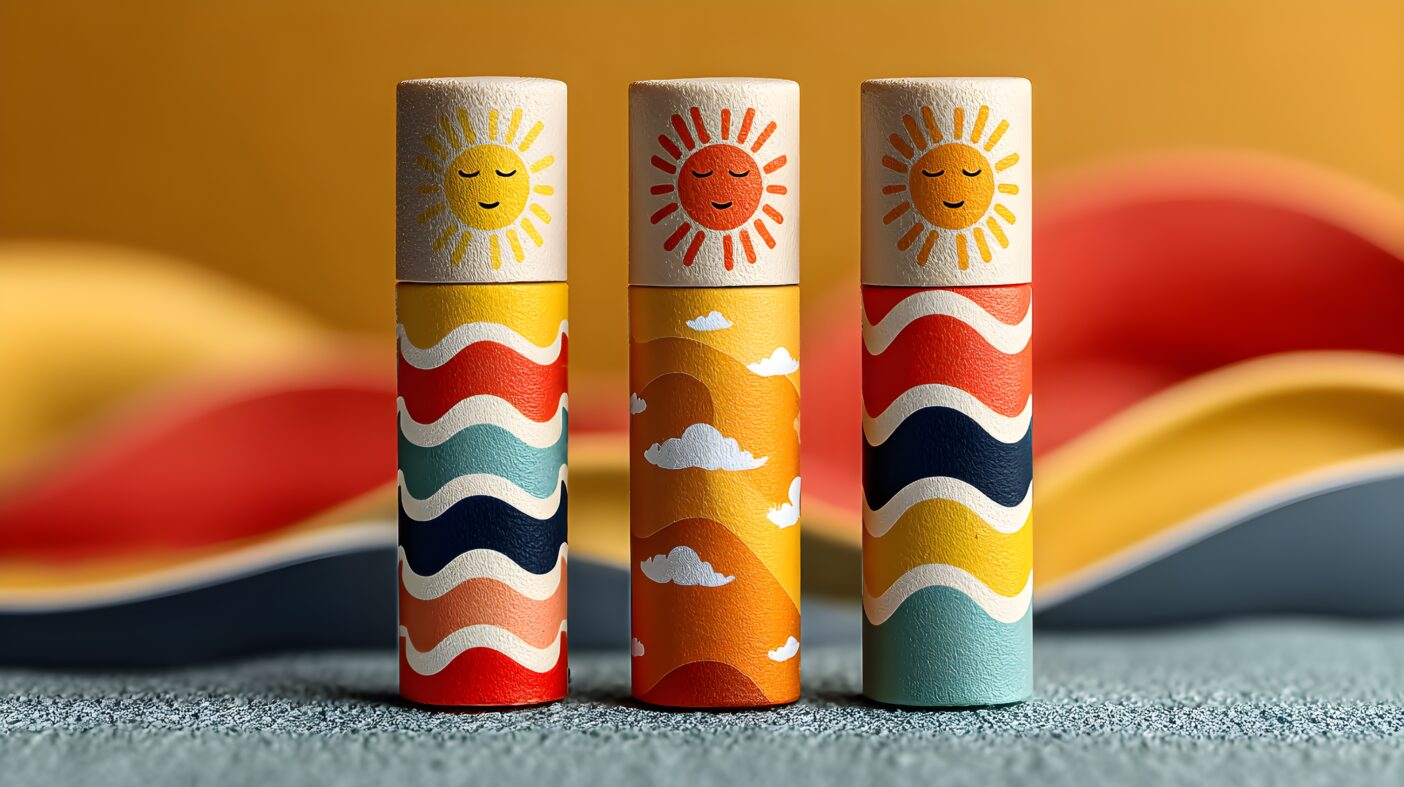SPF Lip Balm

Introduction of SPF Lip Balm
When people think about sun protection, they usually apply cream to their forehead, nose and shoulders – but their lips are often forgotten. The skin on the lips is extremely thin, almost completely pigment-free and does not produce its own sebum film. An SPF lip balm fills this gap perfectly: it moisturises, protects against UV radiation and prevents the delicate skin from becoming chapped and cracked. In this article, you will learn why SPF lip balm is more than just a summer accessory, how it is made and which raw materials play a role in its production.
Occurrence in nature – plant-based base components
Many formulations for SPF lip balm rely on plant-based fats and waxes as a carrier matrix for UV filters:
| Plant | Botanical name | Origin & growth | Characteristic data |
|---|---|---|---|
| Shea | Vitellaria paradoxa | Savannahs of West and Central Africa; tree, 10–15 m high, up to 200 years old | First harvest after 20 years, flowering Feb–Apr; butter melts at approx. 35 °C |
| Carnauba palm | Copernicia prunifera | Northeast Brazil; palm tree, 12–15 m high | Regrowing leaves can be harvested all year round; wax melts at approx. 85 °C |
| Coconut palm | Cocos nucifera | Tropical belt worldwide; tree, 20–30 m high | Fruits all year round; oil melts at approx. 24 °C |
These lipophilic raw materials form the framework in which the actual UV filters are dissolved or dispersed. At the same time, they nourish the lips, improve spreadability and stabilise the solid stick form of the SPF lip balm.
Manufacturing steps
- Melting phase – waxes (carnauba, beeswax) and solid butter are liquefied at 80–90 °C.
- Add UV filters – Chemical filters are dissolved in the hot oil base; mineral filters (zinc oxide, cerium oxide, calcium carbonate as SPF boosters) are dispersed to a microfine level.
- Active ingredient and fragrance phase – Vitamins, antioxidants, natural oils, sweeteners and fragrances are incorporated while stirring at 60 °C.
- Filling – The melt is poured into warm lipstick tubes or tins and cooled while stirring to prevent crystal formation.
- Hardening & polishing – Once completely solidified, the product is tested for shine, hardness and breakage resistance – crucial for a brilliant SPF lip balm.
Advantages and possible disadvantages
Advantage
Protects against UV-induced ageing and herpes reactivation
Prevents transepidermal water loss
Compact format: fits in any bag
Disadvantage
May leave a white film if the wrong filter is chosen
Chemical filters can be photo-unstable – stabilisers required
High wax content can soften in heat
A modern sun lip balm therefore often combines mineral filters for immediate protection with photostable organic filters and antioxidants (vitamin E, astaxanthin).
Applications in cosmetics & everyday life
Whether on a skiing holiday, at a summer festival or in everyday city life, SPF lip balm is a multi-talented product. Brands are now developing tinted versions that slightly enhance the natural lip colour, as well as editions with a glitter effect for social media-ready selfies. Combination products that soothe insect bites or provide an extra burst of freshness thanks to menthol are becoming increasingly common. SPF lip balm is also recommended as a supportive care product for medical treatments with retinoids, which dry out the lips.
Improved taste through sweeteners
Not everyone likes the classic wax taste of SPF lip balm. Sweeteners significantly increase sensory acceptance without adding calories:
- Stevia (steviol glycosides) – natural sweetness, heat-stable, does not promote tooth decay
- Neohesperidin DC – from bitter orange peel; enhances fruity flavours
- Birch sugar (xylitol) – pleasant cooling effect, antibacterial effect against caries-causing bacteria
- Sucralose – 600 times sweeter than sugar, therefore only a small amount is needed
Due to their low melting point, these sweeteners distribute evenly in the lipid phase and give SPF lip balm a subtle, long-lasting taste, which in turn encourages more frequent use – an essential factor for reliable sun protection.
No titanium dioxide
Although titanium dioxide has been considered a proven physical UV filter for decades, we have consistently avoided using it for years. The reason for this is the EU-wide ban on titanium dioxide (E 171) as a food additive, which came into force in 2022 because sufficient evidence of its safety when ingested could not be provided.
As lip care products are inevitably ‘eaten’ to some extent, Cosmacon applies this precautionary principle to SPF lip balm formulations: Instead of titanium dioxide, safe alternatives such as micronised zinc oxide, physical SPF boosters or photostable organic filters are used, which provide the same sun protection without posing any potential risks from oral ingestion or nanoparticle debates.
Conclusion SPF Lip Balm
SPF lip balm is no longer a niche product, but an indispensable part of modern sun protection routines. The combination of plant-based waxes, highly effective UV filters, sensory sweeteners and antioxidant care makes it an all-rounder for every season.
We have the necessary formulation expertise to blend these raw materials into synergistic recipes. The result is SPF lip balm concepts that strengthen brand profile, user benefits and regulatory safety in equal measure – and keep lips looking their best all year round.
With tailor-made raw material combinations, robust stability tests and creative flavour solutions, we would be happy to develop your next highlight: an SPF lip balm that protects, tastes good and inspires.
Curious?
Send us an email at info@cosmacon.de, call us directly on +49 40 840 555 26 or fill out the contact form at www.cosmacon.de in less than two minutes.
Our wording experts will get back to you within 24 hours with initial ideas – personal, straightforward and tailored to your brand.
Literature:
Evaluation of lip diseases in peddlers on two beaches of Guaruja/Brazil: An observational study.
Roman-Torres CVG, Gracia Neto E, Pimentel AC, Oswaldo Schwartz-Filho H, Sendyk WR, Campos L.Braz Dent J. 2024 Dec 6;35:e246044